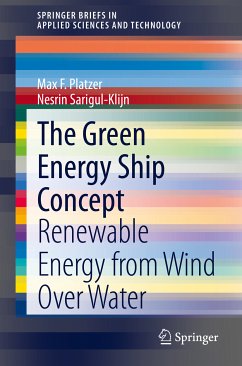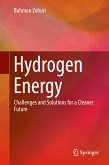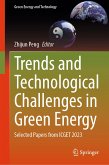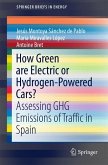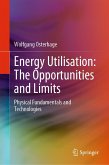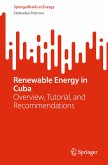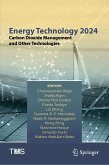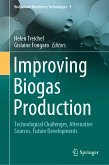This groundbreaking book aims to show that technology currently exists to build and operate large autonomous sailing ships equipped with hydrokinetic turbines and electrolysers that could operate in high-wind ocean areas. This technology would enable seawater to be converted into storable hydrogen, thereby tapping into an inexhaustible energy reservoir sufficient for the transition to an emission-free global economy. The book is presented in two parts. Part one presents a broad look at possible solutions to the climate change challenge and provides an overview of current approaches. Part two introduces 12 specific technologies that could enable the green energy ship concept.
- Examines current approaches and solutions to the climate change challenge;
- Looks at autonomous sailing ships operating in high-wind ocean areas;
- Discusses technologies for converting seawater into storable hydrogen.
Dieser Download kann aus rechtlichen Gründen nur mit Rechnungsadresse in A, B, BG, CY, CZ, D, DK, EW, E, FIN, F, GR, HR, H, IRL, I, LT, L, LR, M, NL, PL, P, R, S, SLO, SK ausgeliefert werden.

